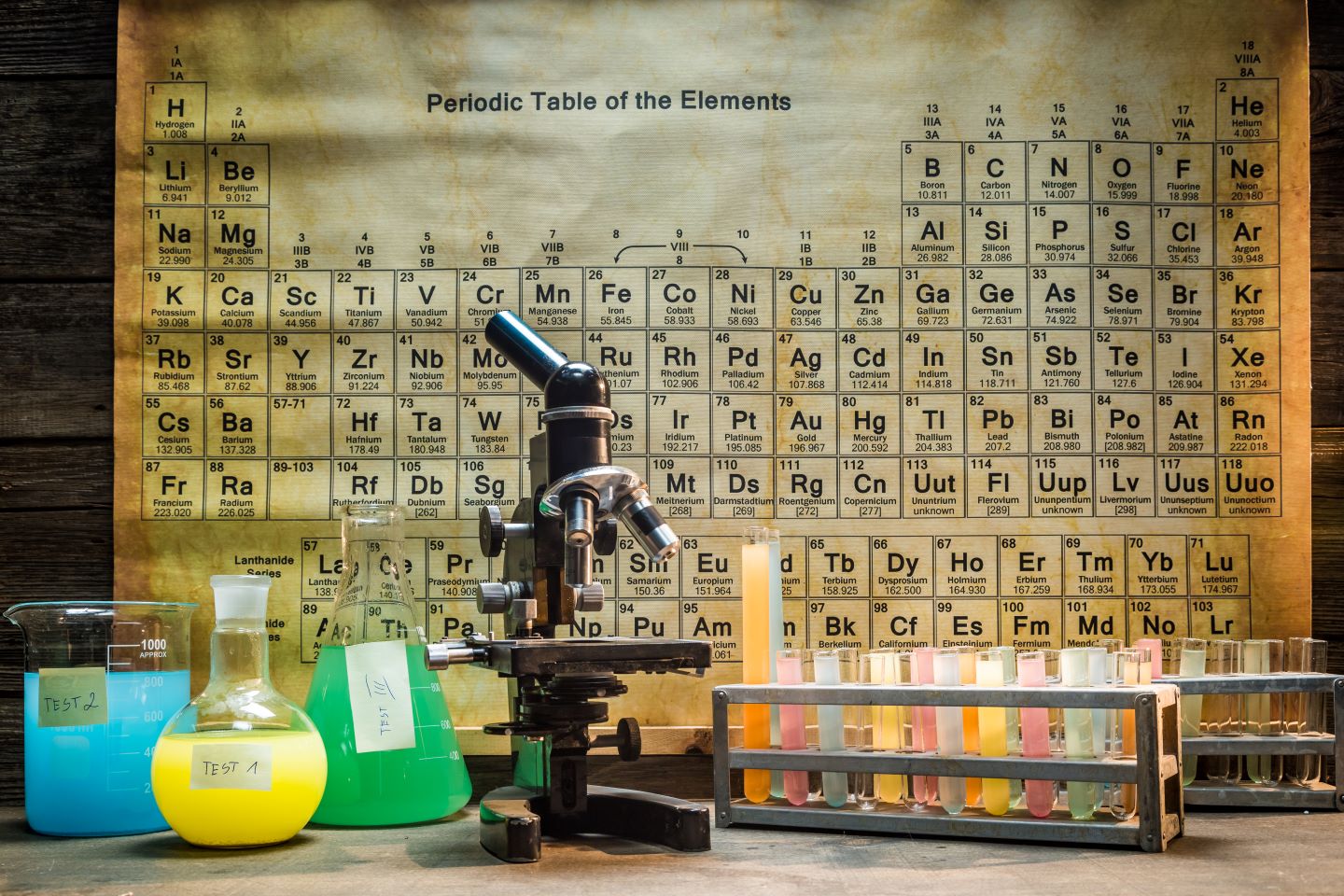Discover the Mysteries of the Periodic Table of Elements: A Fascinating Exploration of Mendeleev's 118 Elements
Welcome to the exciting world of the Periodic Table of Elements! This iconic tool of chemistry, envisioned by Russian scientist Dmitri Mendeleev, is the cornerstone of our understanding of the elements that make up the universe around us. In this article, we will dive into the depths of the periodic table, discovering the 118 elements that comprise it, learning about the history of its creation by Mendeleev, exploring the significance of element families, and understanding the importance of atomic number, columns, and periods.
The Periodic Table of Elements - A Brief Overview
The Periodic Table of Elements is an organized arrangement of chemical elements, classified based on their physical and chemical properties. It provides an elegant visual representation of the diversity of elements in the universe. Designed to assist scientists and students in understanding the relationships between elements, this table is a true treasure trove of information.
Mendeleev's Legacy - A Chemistry Genius
Dmitri Mendeleev, the father of the periodic table, was a visionary pioneer in the field of chemistry. In 1869, he published a primitive version of the table, organizing the 63 elements known at the time. This was a major advancement in the scientific field, and over time, his table was expanded to include the currently known 118 elements. Mendeleev also left blank spaces in the table for elements that were still unknown in his time. Incredibly, the missing elements were later discovered, confirming the accuracy of his vision.
The Structure of the Table - Understanding Element Families
One of the essential features of the periodic table is the presence of element families. These families, also known as groups, are the vertical columns of the table. Each family shares similar chemical properties due to the electronic configuration of their atoms. Understanding the position of families in the table allows us to predict the chemical reactions and behaviors of elements.
The Atomic Number - Key to Classification
The atomic number of an element is the fundamental information used to classify elements in the periodic table. It corresponds to the number of protons in the nucleus of the element's atom. As the atomic number increases, the elements are arranged in an orderly fashion in the horizontal periods of the table, revealing trends in the properties of elements as we move from one period to another.
Columns and Periods - A Systematic Organization
The periods of the periodic table represent the horizontal rows, and each corresponds to an electronic energy level in the atoms of the elements. On the other hand, the columns group elements with similar properties due to their similar electronic configuration. By understanding these key aspects, we can predict the behavior of elements in different periods and families.
Conclusion
By exploring the Periodic Table of Elements and its 118 elements, we have delved into Mendeleev's legacy, understood the importance of the position of families, atomic numbers, columns, and periods. This table is much more than just a chemistry tool; it is the cornerstone of our understanding of matter. If you wish to explore this fascinating universe further, do not hesitate to consult the link below to discover a unique product: the "Periodic Table with Real Elements".
Feel free to return to our blog for more exciting articles on chemistry and science!





Leave a comment
All comments are moderated before being published.
This site is protected by hCaptcha and the hCaptcha Privacy Policy and Terms of Service apply.